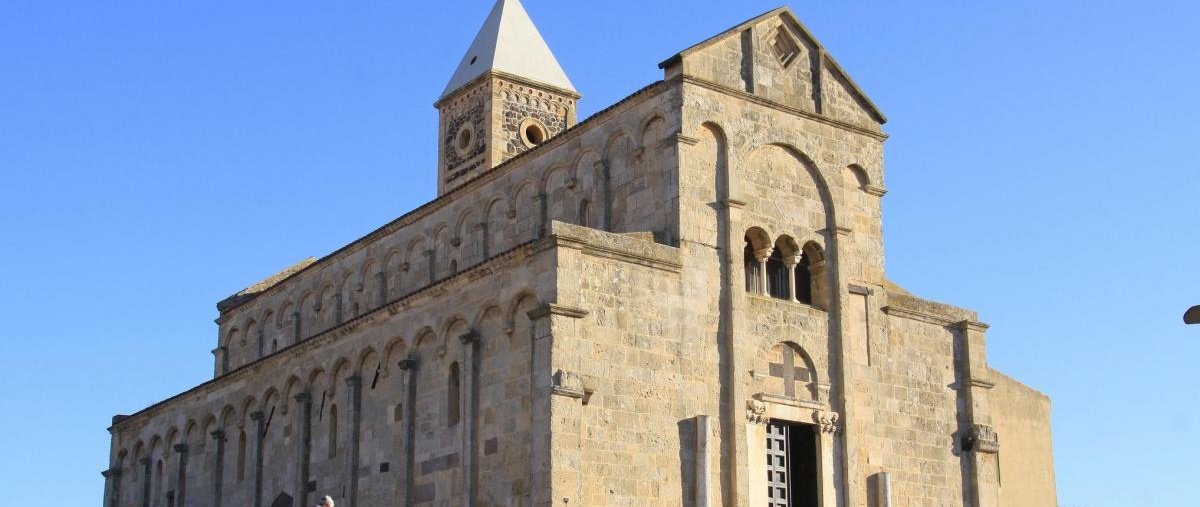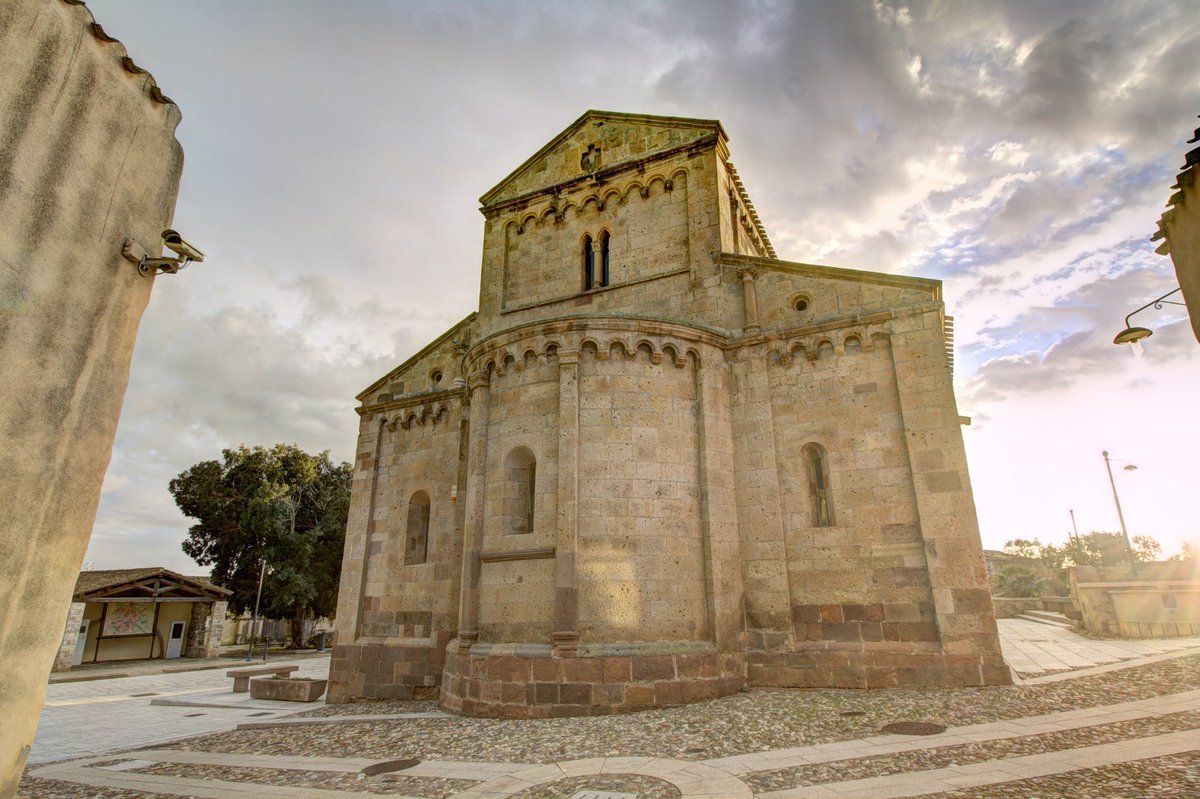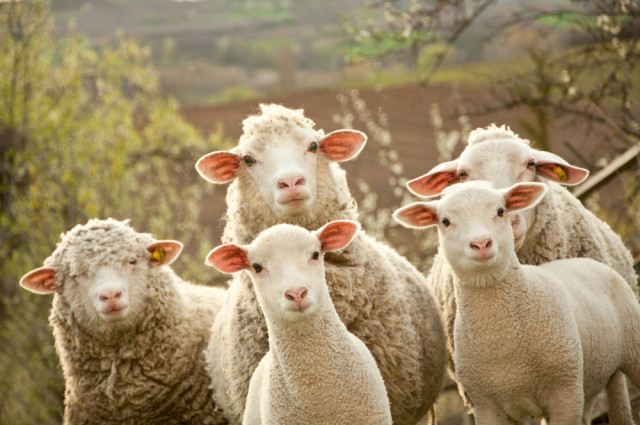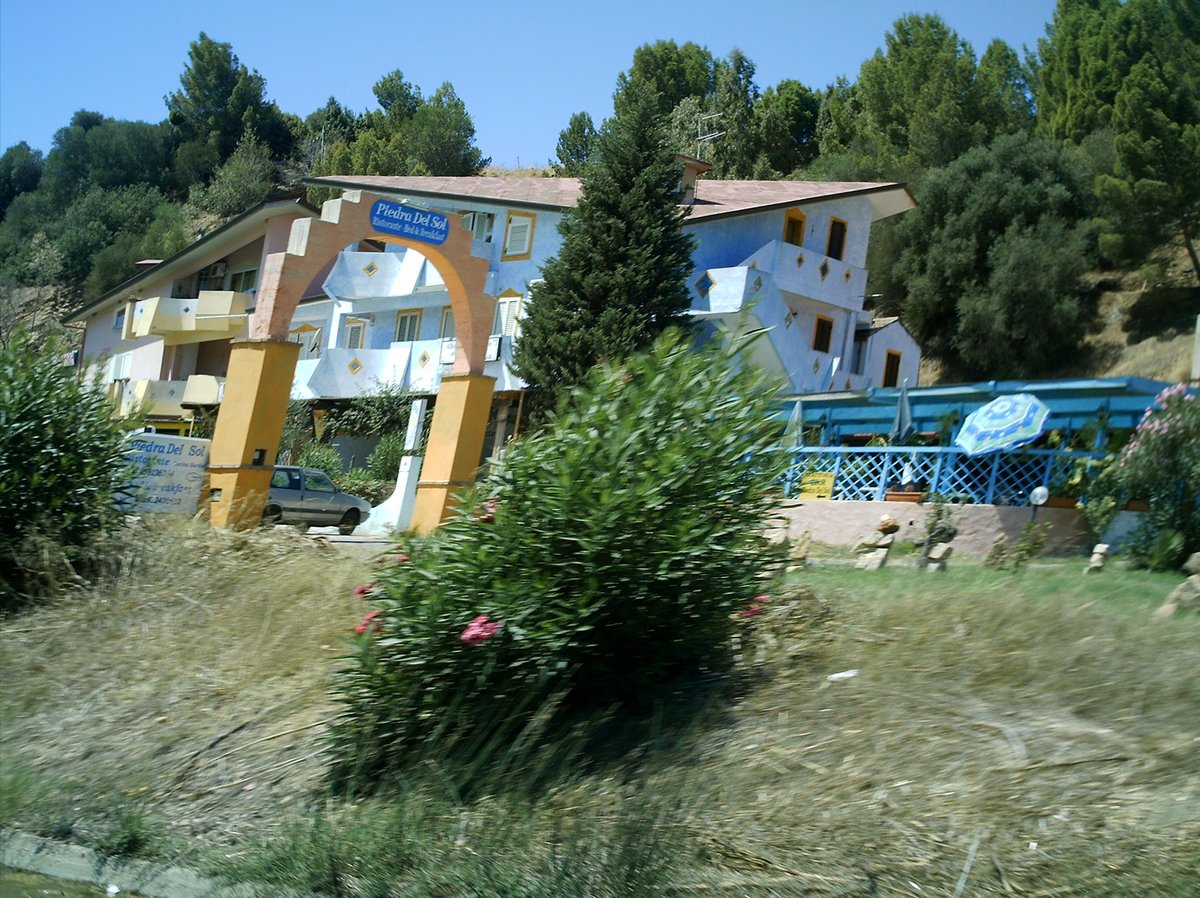
**Sardinian ROMANESQUE churches**
Sardinia has a great tradition of Romanesque church, dating to around ~1100-1200, the Age of the Judicates. Later on we see instead Catalan-gothic. #Sardinia_RomanesqueIsland #Sardegna_IsolaDelRomanico #Sardinia
📸 Basilica of Santa Giusta
Sardinia has a great tradition of Romanesque church, dating to around ~1100-1200, the Age of the Judicates. Later on we see instead Catalan-gothic. #Sardinia_RomanesqueIsland #Sardegna_IsolaDelRomanico #Sardinia
📸 Basilica of Santa Giusta

First honorary mention goes to two Byzantine churches of Sardinia. San Saturnino is the first ever church in Sardinia.
📸 San Saturnino, Cagliari
San Giovanni of Sinis (OR)

📸 San Saturnino, Cagliari
San Giovanni of Sinis (OR)


One of the most beautiful is the Palatine Chapel of the Kingdom of Torres, with its black trachite facade. Inside there's a beautiful retablo from XVI century.
📸 Ardara, Santa Maria del Regno (SS)

📸 Ardara, Santa Maria del Regno (SS)


One of the most famous, with its black and white walls of the Pisan style. Tradition says it was built by the judike Costantino and wife Marcusa to finally have a son (that would be Gonnario of Torres...)
📸 Santissima Trinità of Saccargia, Codrongianos (SS)

📸 Santissima Trinità of Saccargia, Codrongianos (SS)


The church belonged to the village of Bisarcio that now doesn't exist anymore. It had its own bishop. Now it refers to Ozieri.
The church underwent a fire and a reconstruction in Middle Age. The bell tower lost a piece.
📸 Sant'Antioco of Bisarcio (SS)



The church underwent a fire and a reconstruction in Middle Age. The bell tower lost a piece.
📸 Sant'Antioco of Bisarcio (SS)




Bichromate church of the town of Borutta, it was a cathedral and now hosts a monastery of Benedictine monks.
📸 San Pietro of Sorres (SS)
📸 San Pietro of Sorres (SS)

Santa Giusta had its own bishop too, who often acted as ambassador and counsellor to the judikes of Arborea.
📸 Santa Giusta, Santa Giusta (OR)

📸 Santa Giusta, Santa Giusta (OR)


The entrance to the church is from the side of the nave because the church has two altars, east- and west-oriented, according to varying rules of Middle Age. It is thought to have some tombs of the local kings.
📸 San Gavino and Protomartyrs, Porto Torres (SS)


📸 San Gavino and Protomartyrs, Porto Torres (SS)



The only remains of medieval Civita, the old capital of the Judicate of Gallura, its altar is west-oriented. It's the head of the Diocesi of Tempio-Ampurias, referring to Sassari.
📸 San Simplicio, Olbia (SS)



📸 San Simplicio, Olbia (SS)




With its imposing, austere black facade, the church of Bonarcado is most famous for having witnessed a one-of-a-kind event: four judikes gathered in the same place, for its consecration in 1146.
📸 Santa Maria, Bonarcado (OR)



📸 Santa Maria, Bonarcado (OR)




Again dark facade, San Nicola of Ottana holds a little treasure: the Pala of Ottana, where we see a small portrait of Mariano IV, judike of Arborea, praying. It is the only painting that we have of a Sardinian judike.
📸 San Nicola, Ottana (NU)



📸 San Nicola, Ottana (NU)




Rising in the now uninhabited Tratalias Vecchia, this church had its bishop after the first transfer of the bishopric from Sulci. It then lost the place to Iglesias.
📸 Santa Maria of Monserrat, Tratalias (SU)


📸 Santa Maria of Monserrat, Tratalias (SU)



This peculiar red church rises near Castelsardo and belonging to a now disappeared village. An old Nuragic village has been found underneath, with votive statuettes.
📸 Santa Maria of Tergu (SS)
📸 Santa Maria of Tergu (SS)

San Pantaleo could have been the inspiration for the old romanesque cathedral of Cagliari, now turned baroque. Peculiar are the detailed arcs of the facade, reminding Arabic style constructions of the same time.
📸 San Pantaleo, Dolianova (CA)

📸 San Pantaleo, Dolianova (CA)


Built outside the walls of the medieval town, it's next to this church that the Infante Alfonso built his camp siege in 1323.
📸 Santa Maria of Valverde, Iglesias (SU)


📸 Santa Maria of Valverde, Iglesias (SU)



Now referring to Ghilarza, this church was sectioned and rebuilt in a higher place following the construction of a levee. It is thought to have a representation of the Sardinian ballu tundu in its facade.
📸 San Pietro of Zuri (OR)

📸 San Pietro of Zuri (OR)


Right next to the river Tirso, its original facade is now covered but we can see the coat-of-arms of the Judicate of Arborea and a sculpture that should be Mariano IV and wife Timbora of Rocabertí (last two on the right).
📸 San Serafino, Ghilarza (OR)



📸 San Serafino, Ghilarza (OR)




Founded around 1125, when the territory was part of the Judicate of Torres. "Siete Fuentes" derives from the nearby fountains, probably of Cistercian influence. The structure includes the novenario at the side.
📸 San Leonardo de Siete Fuentes, Santu Lussurgiu (OR)

📸 San Leonardo de Siete Fuentes, Santu Lussurgiu (OR)


Now referring to Semestene, back then had a monastery to the side. It's inside this church that Gonnario of Torres killed his worst enemies, the Athens. There are also paintings inside.
📸 San Nicola of Trullas, Semestene (SS)
📸 San Nicola of Trullas, Semestene (SS)

Black and white facade, it's astronomically aligned to have lightning effects on the solstices and equinoxes, following the Benedictine rule of hours.
📸 San Pietro delle Immagini, Bulzi (SS)


📸 San Pietro delle Immagini, Bulzi (SS)



Honorary mention: from outside a normal church, inside it holds the paintings commissioned by the Arborea in XIV century. Built within the walls of the castle of Serravalle, it was a Palatine Chapel of the Arborea.
📸 Nostra Signora de Sos Regnos Altos, Bosa (OR)


📸 Nostra Signora de Sos Regnos Altos, Bosa (OR)



• • •
Missing some Tweet in this thread? You can try to
force a refresh


















